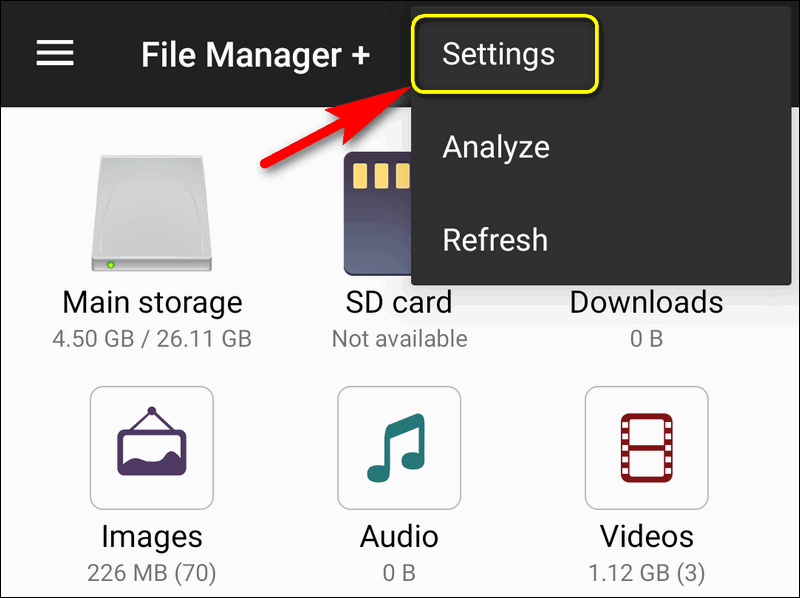

- OPEN MANAGE APPS IN SETTINGS INSTALL
- OPEN MANAGE APPS IN SETTINGS FULL
- OPEN MANAGE APPS IN SETTINGS TRIAL
An App Setup Policy can be applied to all users in the organization or a group of users.
OPEN MANAGE APPS IN SETTINGS INSTALL
App Setup PoliciesĪdmins can use app setup policies to install and pin apps to the app bar to encourage the use of selected apps and allow or block users from uploading custom apps to Teams. These policies enable you to control which applications can be used in your organization while allowing users to install the apps they need to carry out job functions. In Figure 3, the admin has decided to allow two third-party apps for the organization: Figure 3: Permission Policies in Teams Admin Center. In Permission policies, you can create a policy for either the entire organization or a group of users that only allows specific applications and blocks all others. If you use Custom Apps, make sure to turn on this setting: Figure 2: Org-wide app settings in Teams Admin Center. First, make sure your org-wide settings are set to allow third-party apps (Figure 2), so you can control the installation of these apps. Teams Apps Permission PoliciesĪfter choosing the apps you want to use, you can control how you present these apps to users. These subscriptions are available through AppSource, and some are available through the Microsoft Teams admin center.
OPEN MANAGE APPS IN SETTINGS TRIAL
A paid subscription is often required following some third-party apps free trial periods.
OPEN MANAGE APPS IN SETTINGS FULL
You can install some Teams apps for free, but subscriptions are usually required to experience the app’s full functionality. You can select an app in the Manage apps section and view the description, terms of use, permissions, certifications, and even plans and pricing (Figure 1): Figure 1: Information about Decisions in Teams Admin Center. Thankfully, you can find all this information directly in the Teams Admin Center to help you understand and review the apps you are considering. Typically, when I speak to organizations about third-party apps in Teams, there’s always a concern around client data, privacy, and what kind of permissions the app has. Additionally, custom app policies and settings enable admins to tailor the app experience for specific users in the organization by implementing app permission policies and app setup policies. Using the Manage apps page, you can interact with apps, which allows you to block or enable apps and publish sets of apps to users through setup policies.Īdministrators can also customize or rebrand the app properties for some apps based on business requirements, such as changing the icon color or name to align with the organization’s branding. The Microsoft Teams admin center allows admins to review the applications available to the organization.

These apps play a key role because they enable users to continue working uninterrupted without leaving Teams.īut with hundreds of apps available in the Teams app store, it’s difficult for decision-makers and administrators to determine what apps are beneficial to their organization and necessitate inclusion.įortunately, the Microsoft Teams admin center provides the data around each app you need to decide. Microsoft Teams applications enhance the user experience by providing seamless access to Office 365 third-party apps and any custom apps you may have developed yourself.


 0 kommentar(er)
0 kommentar(er)
